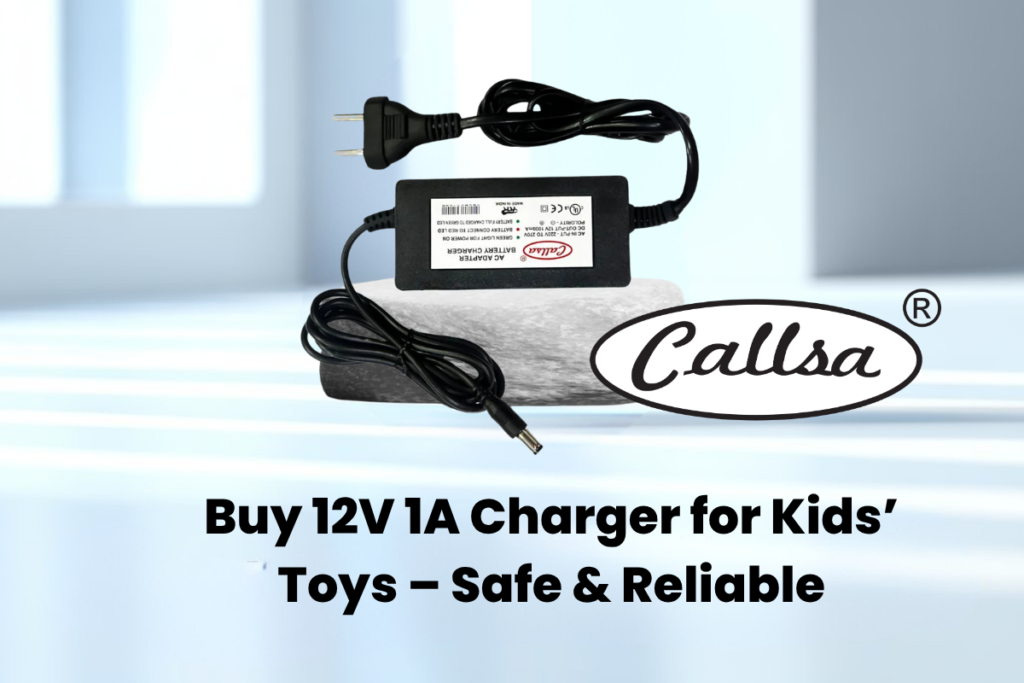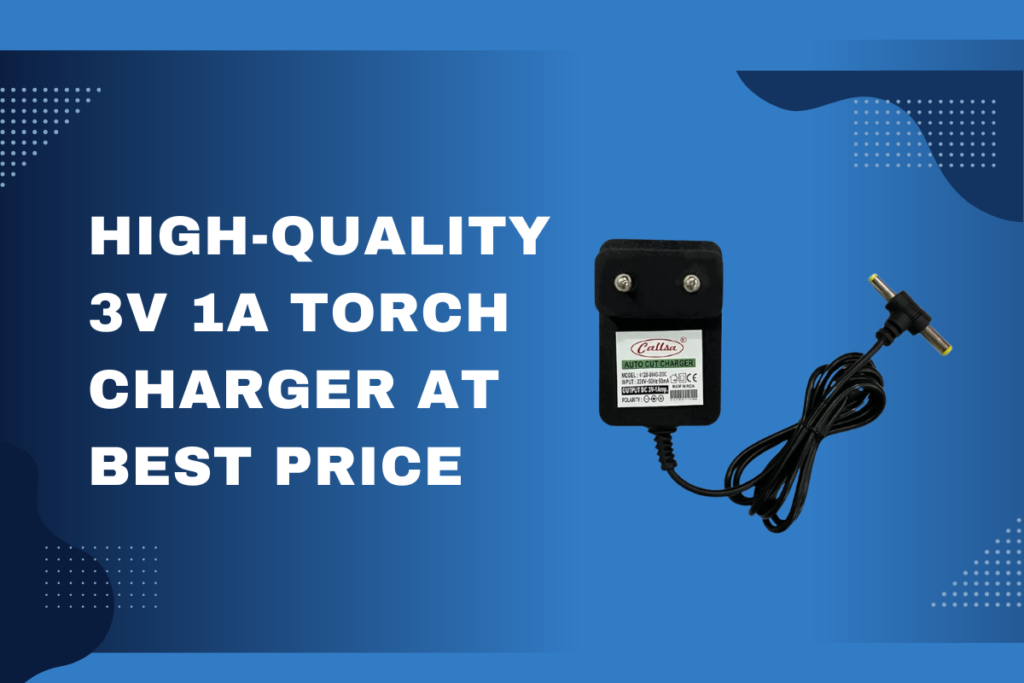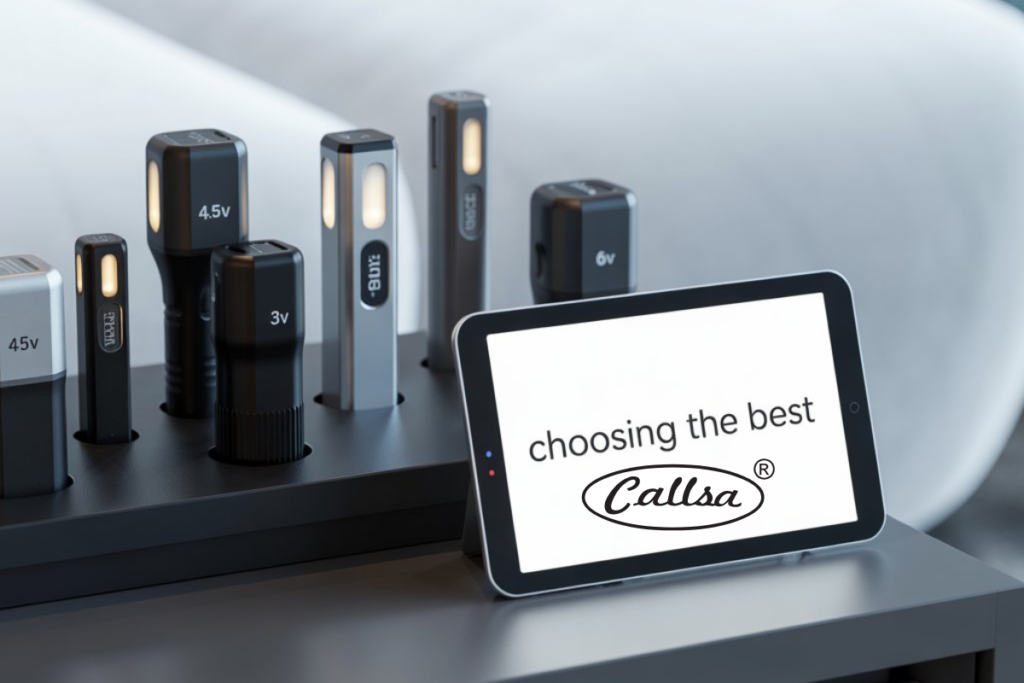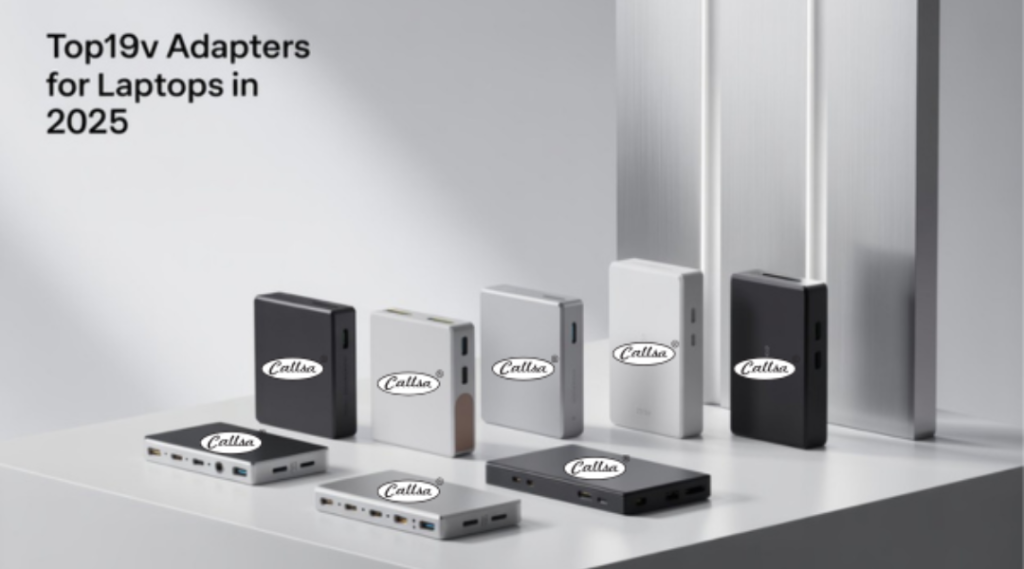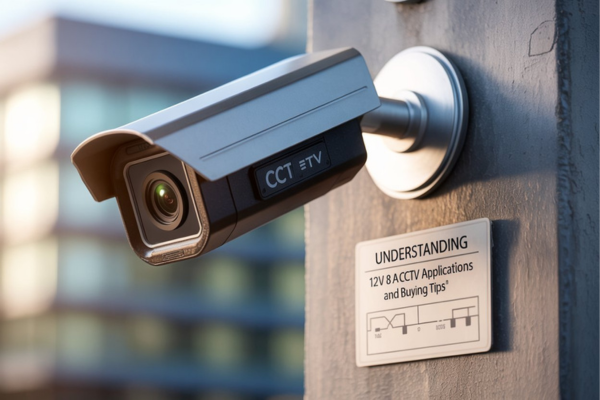Buy 12V 1A Charger for Kids’ Toys – Safe & Reliable
Callsa 12V 1A Charger for Kids’ Toys is specially designed for powering popular 12V ride-on vehicles, typically used by children aged 3 to 6. Whether it’s a mini electric car, bike, or truck, these toys require a charger that ensures consistent power flow without overheating or damaging the battery. Parents often overlook the role a charger plays in toy safety and performance. A mismatched or low-quality charger can lead to battery degradation, short circuits, or even safety hazards. That’s why trusted brands like Callsa offer chargers that are not only durable and efficient but also tested for child-safe use. Investing in the right 12V 1A Charger for Kids’ Toys means giving your child more playtime, safer rides, and a longer-lasting toy—without the worry. Read More : Best Kids’ Car Chargers of 2025: Safe and Efficient Charging Solutions Why Choose a 12V 1A Charger for Kids’ Toys The 12V 1A Charger for Kids’ Toys is the industry standard for a reason. Most ride-on toy manufacturers set this specification as default because it strikes the perfect balance between safety, efficiency, and cost-effectiveness. A higher current could risk overheating the battery, while a lower current might leave it undercharged—cutting your child’s playtime short. 1A current output is ideal for 12V sealed lead-acid (SLA) batteries, commonly used in toys for kids aged 3 to 6. According to battery safety guidelines, SLA batteries charge best at about 1/10th of their amp-hour rating, and a 1A charger perfectly fits this profile for most 10Ah–12Ah batteries. Another huge advantage? Compatibility. A 12V 1A Charger for Kids’ Toys works seamlessly with both Ni-Cd, Ni-MH, and SLA battery chemistries—making it a universal solution for various models and brands. That’s why brands like Callsa have engineered their chargers to match these precise requirements, delivering safe and dependable charging every time. Whether it’s a toy car, mini bike, or electric scooter, you can rely on Callsa to power your child’s adventures worry-free. Read More : How to Choose the Right Charger for Your Kid’s Electric Car: Voltage, Safety & Tips Key Features of a Safe & Reliable 12V 1A Charger When choosing a 12V 1A Charger for Kids’ Toys, understanding the safety and performance features can make all the difference. Parents often assume all chargers are the same—but trusted brands like Callsa prioritize your child’s safety and your peace of mind. 1. Voltage & Current Regulation A high-quality 12V 1A Charger for Kids’ Toys must maintain a regulated 12V output with up to 1 amp current. The actual float voltage usually ranges between 13.6V and 14.4V, which is ideal for fully charging SLA batteries without stressing them. This careful voltage regulation ensures steady performance and battery longevity. 2. Charge Indicator & Automatic Cutoff No parent wants to worry about overcharging. Look for chargers with LED indicators that clearly show when charging is in progress and when it’s complete. Callsa chargers include auto cutoff functionality, stopping power once the battery is full—eliminating risks of overheating and extending battery life. 3. Safety Certifications Safety is non-negotiable. A 12V 1A Charger for Kids’ Toys should be UL or CE certified and include essential features like reverse-polarity protection and short-circuit safety. Callsa chargers meet these standards, offering parents confidence with every plug-in. When safety, efficiency, and durability matter, Callsa delivers all three in one compact, child-safe solution. Read More : Complete Guide to 12V 5A Battery Chargers: Uses & Safety & Buying Guide Charging Best Practices for a 12V 1A Charger for Kids’ Toys Getting the most out of your 12V 1A Charger for Kids’ Toys means more than just plugging it in. Following proper charging habits ensures longer battery life, better toy performance, and, most importantly, your child’s safety. For the first charge—especially with new ride-on toys—let the battery charge for around 6 to 8 hours to fully condition it. After that, regular charging cycles of about 6 hours are usually sufficient. Overcharging can lead to battery damage or overheating, which is why chargers from brands like Callsa come with built-in auto shutoff and charge indicators. Always charge in a well-ventilated space. This reduces the risk of heat build-up. Once the LED turns green, unplug the charger promptly—don’t leave it connected overnight. Even the safest 12V 1A Charger for Kids’ Toys can’t prevent battery stress if misused regularly. And lastly, do a quick warmth check. A mildly warm battery is normal, but if it’s hot to the touch, unplug it immediately and recheck your setup. With smart habits and a reliable charger from Callsa, your kids can enjoy hours of fun—safely and worry-free. Choosing the Right Charger: What to Look For Not all chargers are created equal, and selecting the right 12V 1A Charger for Kids’ Toys means checking a few important boxes. It’s not just about voltage—it’s about compatibility, safety, and smart features that make life easier for parents. Start with the plug size—most kids’ ride-on toys use a 2.1 mm x 5.5 mm barrel connector, and a good charger will support a 100–240V input, making it safe for international use or voltage fluctuations at home. Next, check for brand compatibility. A high-quality 12V 1A Charger for Kids’ Toys should work smoothly with popular ride-on toy brands like Power Wheels, Dynacraft, and Peg Perego. Callsa chargers are engineered to support this broad range, so you won’t have to worry about mismatched ports or low charging efficiency. Finally, smart features matter. Look for chargers with float charging, reverse polarity protection, and short-circuit safety. These help preserve battery life and ensure a safe charging experience every time. Callsa models include all these functions, offering both convenience and peace of mind. When in doubt, go for a trusted name and proven specs—Callsa makes sure every ride is ready to roll. Charger Recommendations: Safe Picks for Every Parent CALLSA 12V 1A for Toy Charger, Kids Ride On Car Battery Charger with Auto Cut Charger for 12v Kids Car, Bike, Jeep, Thar, SUV Car and Variety of Electric Baby Carriage Ride Brand: CALLSA🔥 Product type: Consumer Appliances
Buy 12V 1A Charger for Kids’ Toys – Safe & Reliable Read More »
Blog, Chargers
